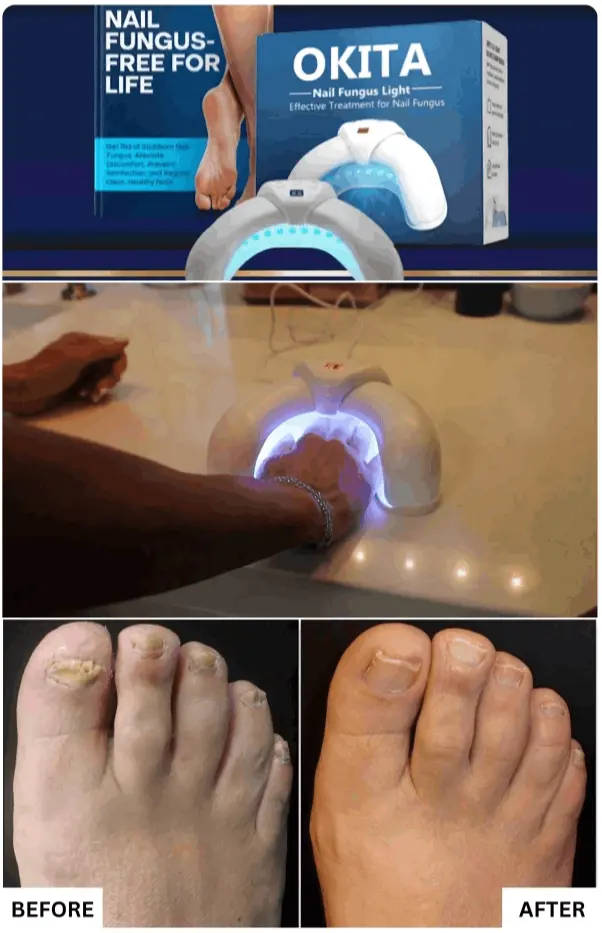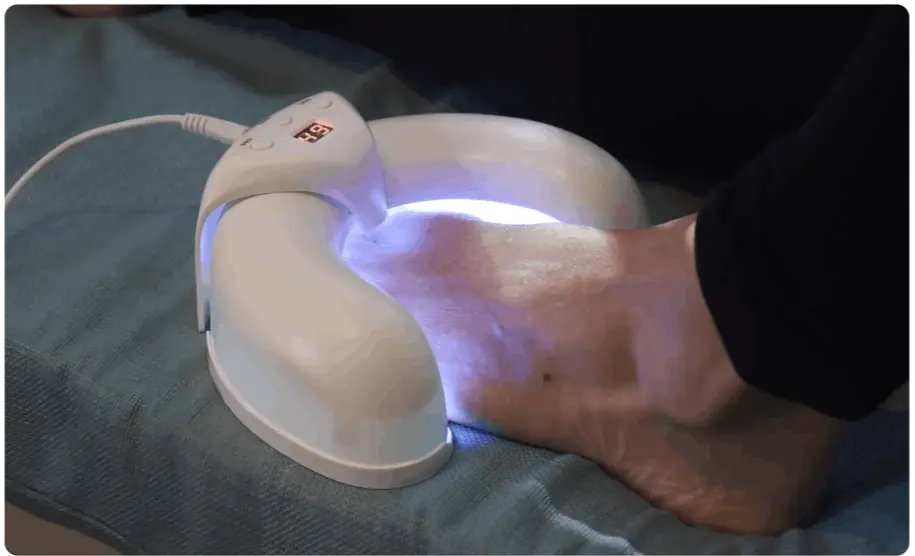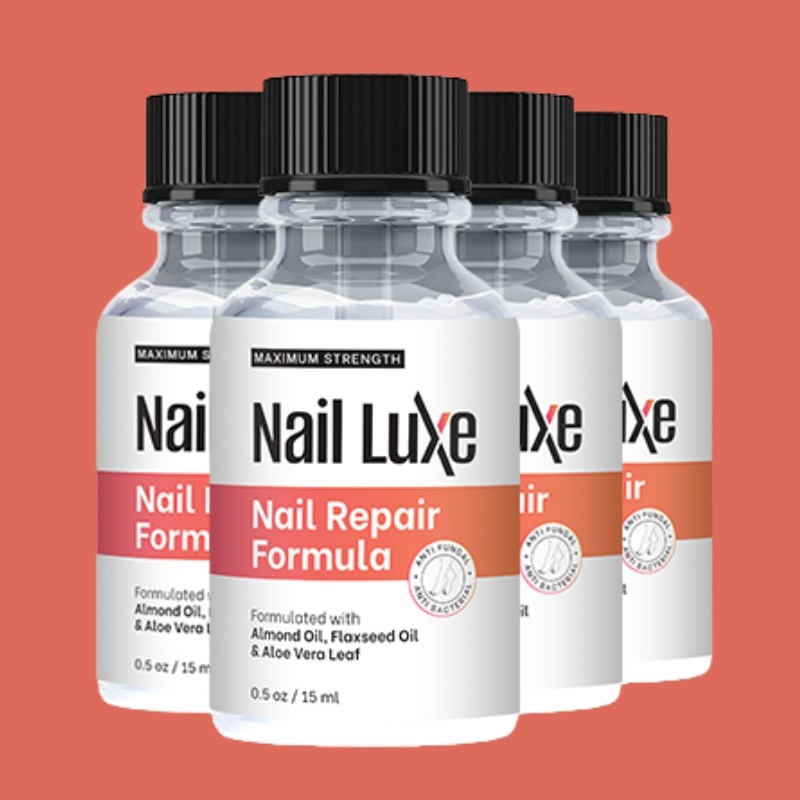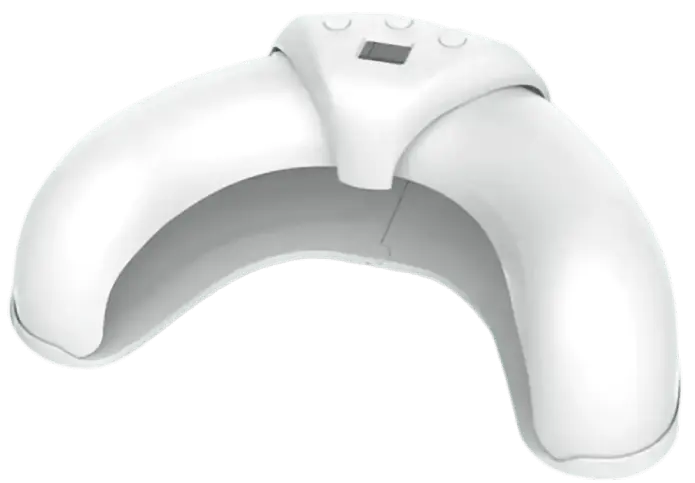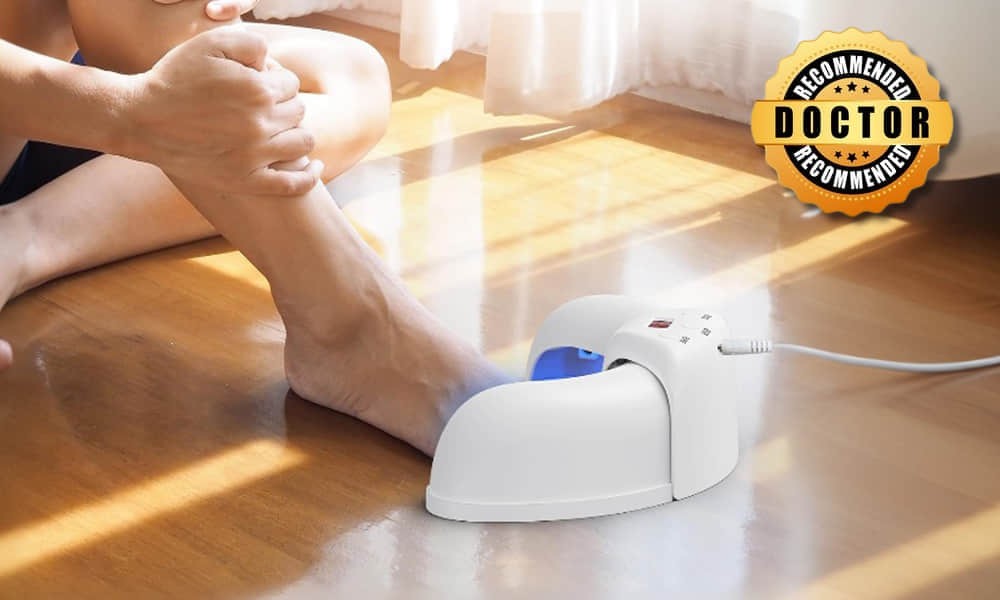Okita Nail Fungus Light Antifungal Device
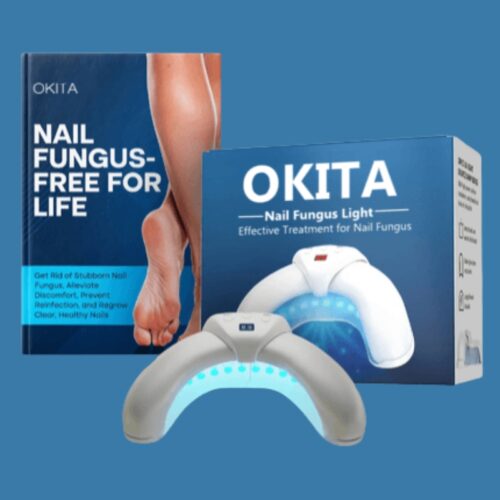
The persistent and often embarrassing problem of onychomycosis, commonly known as nail fungus, affects millions globally, causing discomfort, discoloration, and, in severe cases, pain. Traditional treatments, ranging from topical creams to oral medications, can be lengthy, have limited effectiveness, and carry potential side effects, leaving many seeking alternative solutions. Now, a new device, the Okita Nail Fungus Light Antifungal Device, is emerging as a potential game-changer, promising a non-invasive and convenient approach to tackling this widespread condition.
The Okita device leverages the power of targeted light therapy to combat fungal infections in toenails and fingernails. This article delves into the science behind the device, explores its purported benefits and limitations, examines expert opinions on its efficacy, and considers the broader implications for the future of onychomycosis treatment.
The Science Behind the Okita Device
The Okita Nail Fungus Light Antifungal Device utilizes a specific wavelength of low-level light therapy, often referred to as phototherapy or cold laser therapy. This technology operates on the principle that certain wavelengths of light can penetrate the nail plate and target the fungi residing beneath.
The light energy is absorbed by the fungi, disrupting their cellular processes and inhibiting their growth. This process is thought to weaken and eventually kill the fungal organisms without causing damage to the surrounding healthy tissue.
How Light Therapy Works
Unlike traditional laser treatments that generate heat, the Okita device employs cold laser technology. This ensures that the treatment is painless and non-invasive, minimizing the risk of burns or other adverse effects.
The specific wavelength emitted by the device is crucial for its effectiveness. The developers claim that the wavelength used is optimized to target the particular types of fungi most commonly responsible for nail infections.
Potential Benefits and Limitations
The Okita device offers several potential advantages over conventional treatments. One of the most appealing aspects is its non-invasive nature, eliminating the need for oral medications that can have systemic side effects, such as liver damage.
Furthermore, the device is designed for home use, providing a convenient and discreet treatment option. This contrasts with topical creams that require daily application over several months, often with limited success.
Limitations and Concerns
Despite its potential benefits, the Okita device also faces limitations. Clinical studies on the device's efficacy are still relatively limited, and more robust, large-scale trials are needed to definitively establish its effectiveness.
The depth of penetration of the light may also be a factor. In cases where the fungal infection is deeply embedded within the nail bed, the light may not reach all the affected areas, leading to incomplete treatment.
Another concern revolves around the duration of treatment. While the Okita device may be more convenient than topical creams, it still requires consistent use over a period of weeks or months to achieve noticeable results. Patient compliance and adherence to the prescribed treatment schedule are critical for success.
Expert Opinions and Clinical Evidence
The medical community remains cautiously optimistic about the potential of light therapy for treating nail fungus. While some dermatologists are embracing the technology, others are awaiting more compelling clinical evidence before widely recommending it.
Dr. Anya Sharma, a dermatologist specializing in fungal infections, notes, "Light therapy holds promise as a non-invasive alternative, but it's not a magic bullet. Patients need to understand that it requires patience and consistent use." She also emphasizes the importance of proper diagnosis to ensure that the device is appropriate for the specific type and severity of the infection.
Some preliminary studies have shown encouraging results, with patients experiencing a reduction in nail discoloration and improved nail health after using light therapy devices. However, these studies often have small sample sizes and lack rigorous controls, making it difficult to draw definitive conclusions.
A recent meta-analysis published in the Journal of Clinical Dermatology reviewed several studies on light therapy for onychomycosis. The authors concluded that while light therapy appears to be a safe and potentially effective treatment option, more high-quality research is needed to determine its optimal parameters and long-term outcomes.
The Future of Onychomycosis Treatment
The emergence of the Okita Nail Fungus Light Antifungal Device reflects a growing demand for non-invasive and patient-friendly treatment options for nail fungus. As technology advances and more research becomes available, light therapy is likely to play an increasingly significant role in the management of this common condition.
However, it is crucial for consumers to approach these devices with realistic expectations. While the Okita device may offer a convenient and painless alternative to traditional treatments, it is not a guaranteed cure. Patients should consult with a healthcare professional to determine the most appropriate treatment plan based on their individual circumstances.
Furthermore, ongoing research and development are essential to optimize the effectiveness of light therapy devices and identify the specific types of fungal infections that are most responsive to this technology. With continued innovation and rigorous clinical evaluation, light therapy has the potential to become a valuable tool in the fight against onychomycosis.
The Okita device, therefore, stands as an example of how technology strives to address a common ailment. More study and time will tell if the device is a successful option.



